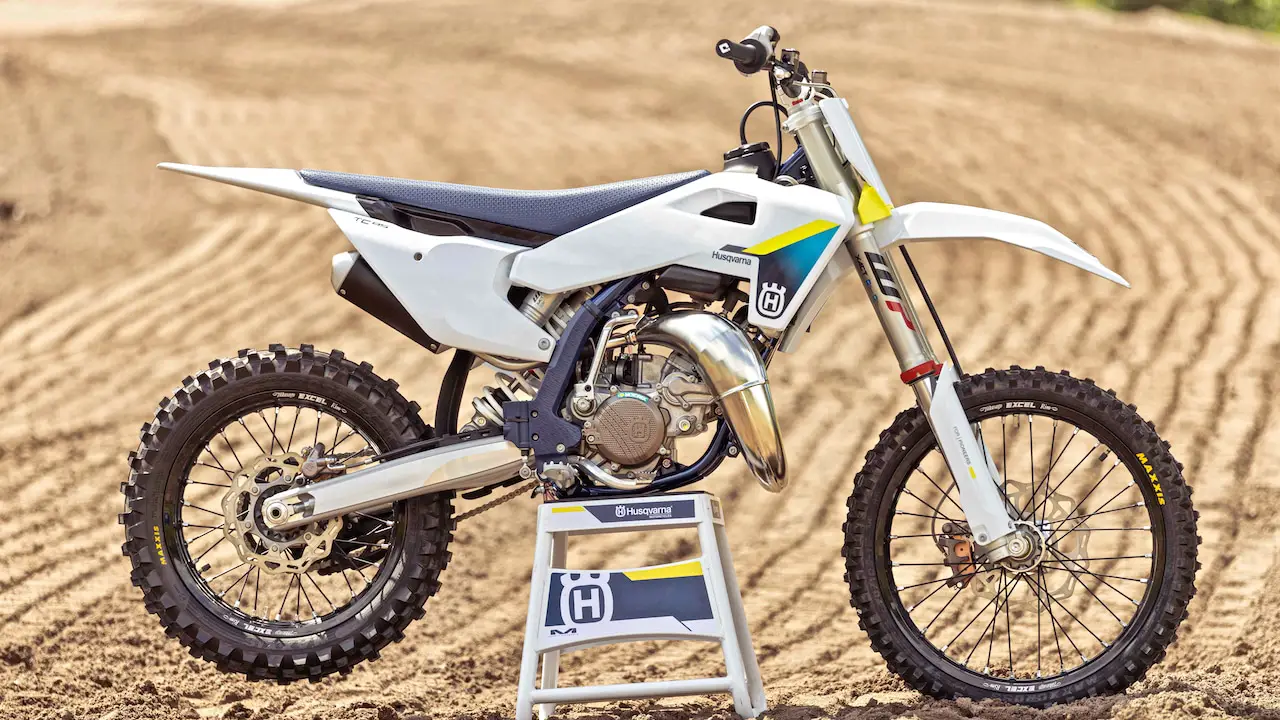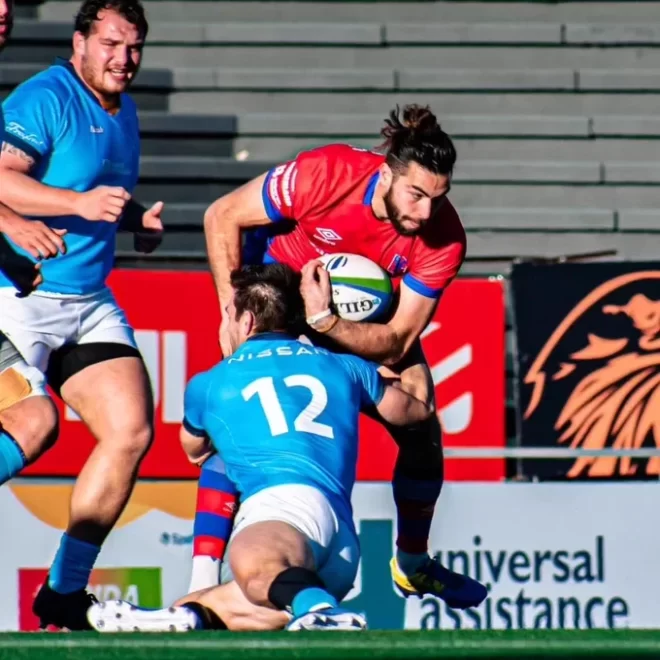Irons make up a significant slice of what is in a golfer’s bag – and having the right set is crucial to improving your game and achieving your desired results.
When your irons fit properly, you’ll feel confident enough to make complete, confident swings, which will help you dial in specific yardages when you need them.
Knowing which irons are the best fit for you is crucial, especially with so many variations available on the market.
What do you get in a set of irons?
Iron sets are collections of clubs, designed to cater to the diverse needs of golfers looking for the holy trinity of precision, distance, and control in their shots.
A typical iron set consists of seven clubs, and ranges from a 4-iron to a pitching wedge, each of these clubs will have varying degrees of loft and shaft length.
The lower numbered irons, sometimes called long irons although this term is generally applied to 2 or 3-irons which are not commonly in iron sets, will have a longer shafts and lower loft angles, these help generate greater distance for players.
As the numerical assignation increases, so too the loft angle of the clubs rises.
Each increment provides additional spin that allows golfers to exercise more control over their shots.
Iron sets will also often feature the option to purchase add-on clubs such as a 3 iron on the longer side, and approach wedges, sand wedges and lob wedges for golfers looking to fill additional yardage gaps with a more comprehensive array of irons.
Why are there so many types of irons?
Irons are an imposing purchase for newer golfers as they have many different distinguishing factors. They can be categorized by key characteristics, with the three main ones being club construction, club head design, and player skill level.
Forged vs Cast irons
Club construction refers to the method used to create the club head of an iron. The two primary construction categories include forged and cast irons.
Forged Irons
Forged irons are crafted from a single piece of metal, typically carbon steel or soft stainless steel, which is heated and then worked into the desired shape.
This meticulous process results in a more consistent grain structure and a softer feel, providing golfers with enhanced feedback and workability. Forged irons have become increasingly popular among golfers of all skill levels.
Cast Irons
Cast iron golf clubs are created by pouring molten metal into a mould, producing a club head that is then cooled and finished.
This method allows for intricate designs often aided by AI technology, such as perimeter weighting and multi-material construction, offering a firmer feel compared to forged irons.
Cast irons are commonly found in complete golf club sets and are an affordable option for new golfers looking for greater forgiveness on off-centre hits.
Cavity Back vs Muscle back irons
While shopping for new irons, you will likely come across the terms cavity back and muscle back irons. Compared to a standard iron, cavity back and muscle back irons feature distinctive club head designs tailored to meet the specific needs of different playstyles.
Cavity Back Irons
Cavity back irons feature a hollowed-out section in the back of the clubhead, which redistributes weight to the perimeter. This design can help increase forgiveness on off-centre hits and promote a higher ball flight.
While a large majority of golfers can find success with cavity back irons, some may prefer using specialized irons such as deep cavity backs and tour cavity back irons depending on their unique playstyle.
Muscle Back irons
Muscle back irons, also known as blades, feature a solid and compact clubhead with a thin top line and minimal offset. Muscle backs will be more consistent on purely struck shots out of the center of the club face, but will not offer the same forgiveness of a cavity back on a mis-hit.
The design offers improved workability and shot-shaping ability, which makes them a popular choice among low-handicap and professional golfers.
Skill level
Game Improvement Irons
Game improvement irons are developed to help beginners and mid-to-high handicap golfers.
These irons can feature larger clubheads, perimeter weighting, and wider soles, aiding increased forgiveness and distance, and are usually easy-to-use clubs.
Game Improvement Irons often have a low centre of gravity, promoting a higher ball flight and making them easier to hit for those with slower swing speeds.
Player performance irons
Player performance irons cater to experienced golfers, such as mid to low-handicap players and professionals, who demand optimal workability, feel, and control.
Generally, these are players who are getting better at the game and need a performance edge when making good contact.
These irons usually have smaller clubheads, narrower soles, and less offset, which contribute to increased shot-shaping ability and feedback. They often have a more compact design and higher centre of gravity, enabling golfers to control their ball flight and trajectory with precision.
Tour level irons
Tour-level irons, as is probably obvious, are designed specifically for professional and low-handicap golfers who demand the utmost in control, feel, and workability and are the kind of clubs favoured by the top professionals.
These sets can feature muscle back irons or a combination of muscle back and cavity back designs, offering the perfect balance between forgiveness and shot-shaping ability.
Everything you need to consider when buying a set of irons Golf365.

















You must be logged in to post a comment Login